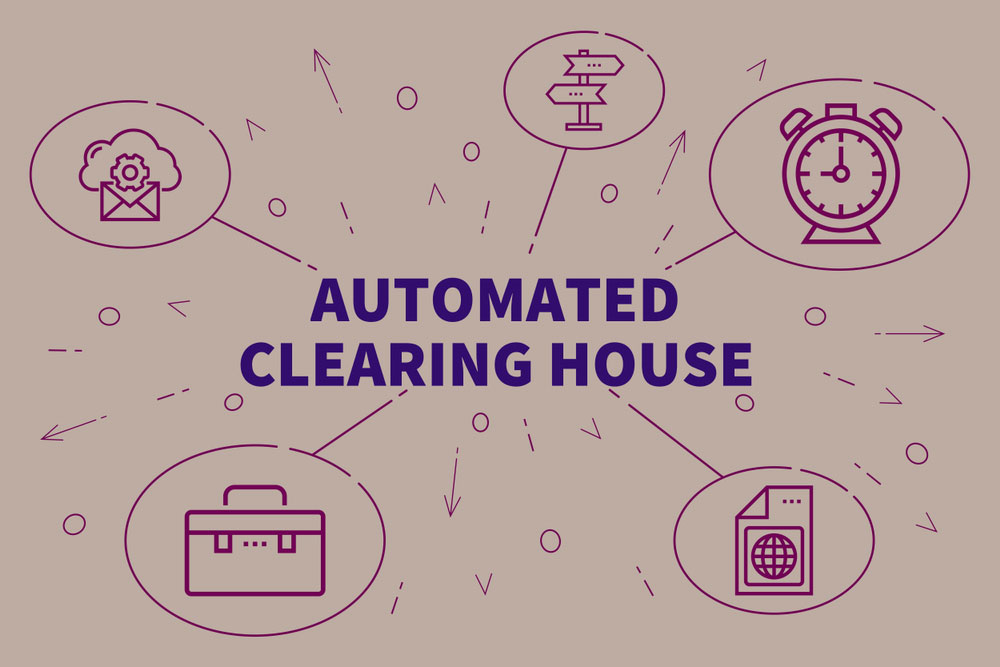ACH and Wire Transferring are considered to be the dominant money transferring methods of today. With these ever-growing services being available to the wider platform of users, we heavily encourage you to compare with us the basic differences of ACH and Wire transfers.
Automated Clearing House: Basics
ACH (Automated Clearing House or Automated Clearinghouse) was established in the late 1960s to process e-transactions among banks or co-associated institutions. While supporting credit transfers and direct debits, this method is widely used by corporations, large and small businesses, and P2P as well.
The method allows paying bills, handling direct deposits, and government-related transactions such as taxes. In most cases, you will not be charged for these transfers and this property makes ACH popular when doing business with a vast amount of money transfers.

Meet Wire Transferring
Wire transferring is arguably one of the premium money-moving methods in terms of transaction speed. Usually, it takes up to only several minutes and allows you direct transfers from your account to someone else’s.
Due to wired money being handled by the banking institutions without going through a clearinghouse, money operating works practically in real time. Overall, it is considered not only fast but secure as well, as you can rest assured the sender has funds available for transaction and wiring cannot be easily faked.
Wire transfer vs ACH
There are several parameters we will use to differentiate these transfer methods, such as transfer speed and the process itself, general uses of both, safety, and finally – costs.
-
The speed and the procedure
Wiring, being fast (almost real-time) is oftentimes chosen because of the rapidity of the entire process, as the funds are generally moved within a business day. That said, bank employees must sometimes review wiring transactions and get on with them ‘first thing in the morning’ due to end of the business day.
International wiring might require another day or two. ACH, on the other hand, can take up to three days to be completed, and these transfers are mostly handled in ‘batches’ rather than individually. As ACH grows and adapts, it is rapidly moving towards the same-day service, which could affect wiring.
Some of the things you need when transferring money by wiring are bank names and names of the account owners, routing numbers, and account numbers. To make an ACH transfer, you will need to fill an online form and often provide recipients’ e-mail address or phone number. -
General use
Wire transfer is an assuring method for making deals regarding big purchases made by debit card. If you want to acquire a property, you will be obliged to make a down payment using wire, so that it is certain you can pay.
ACH payment is mostly used for cost-effective, batched transactions, such as paying your employees, bill and tax payments, savings accounts, etc. -
Safety
Risks of being scammed when transferring money are never low, yet they are rather insignificant when the funds are being received. However, when you wire money, the transfer renders irreversible. When sending funds via ACH, the deposits may be easily reversed. -
Costs
Within the United States, your account will most likely not be charged to receive money through wiring. Sending money, on the other hand, might be rather pricy – up to $35 for a transfer, not to mention international wiring.
For consumers of ACH, receiving is also free in most cases. When you use online applications such as Venmo to send money, it might cost up to $1 or less.
Overall, both money-moving methods offer numerous perks that may sway your interest towards one. Whether you want low-cost, batched yet slightly slower transfers, or the faster, more flexible, yet pricier ones – the choice is best to be made through considering priorities while transferring. In case you wondered what is the Checkissuing policy on these, make sure to learn more.






